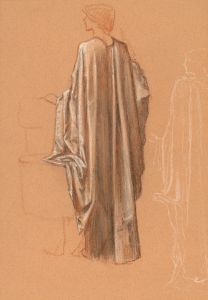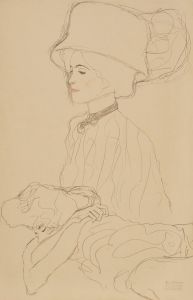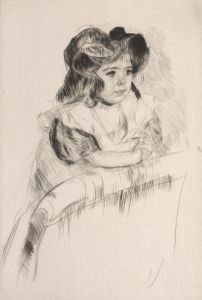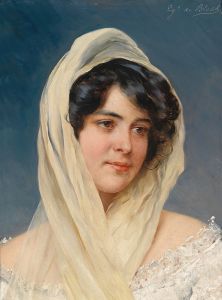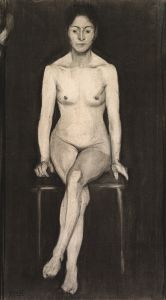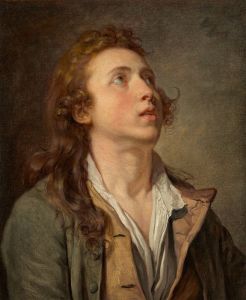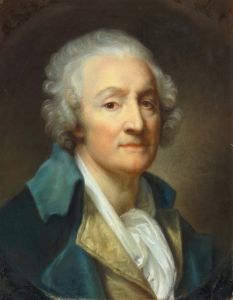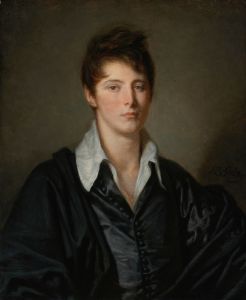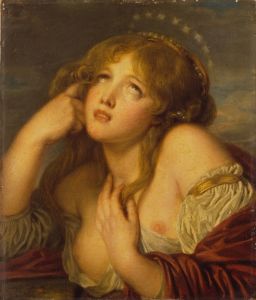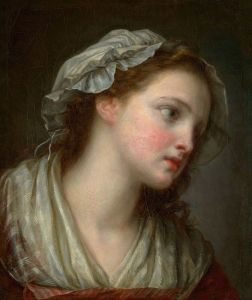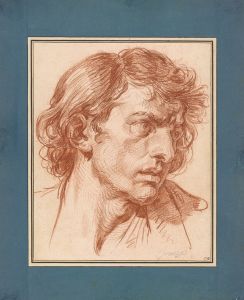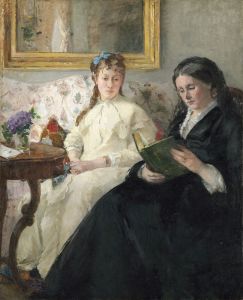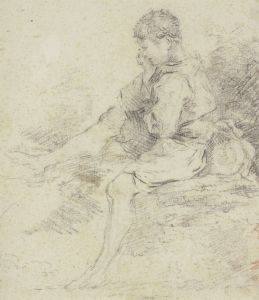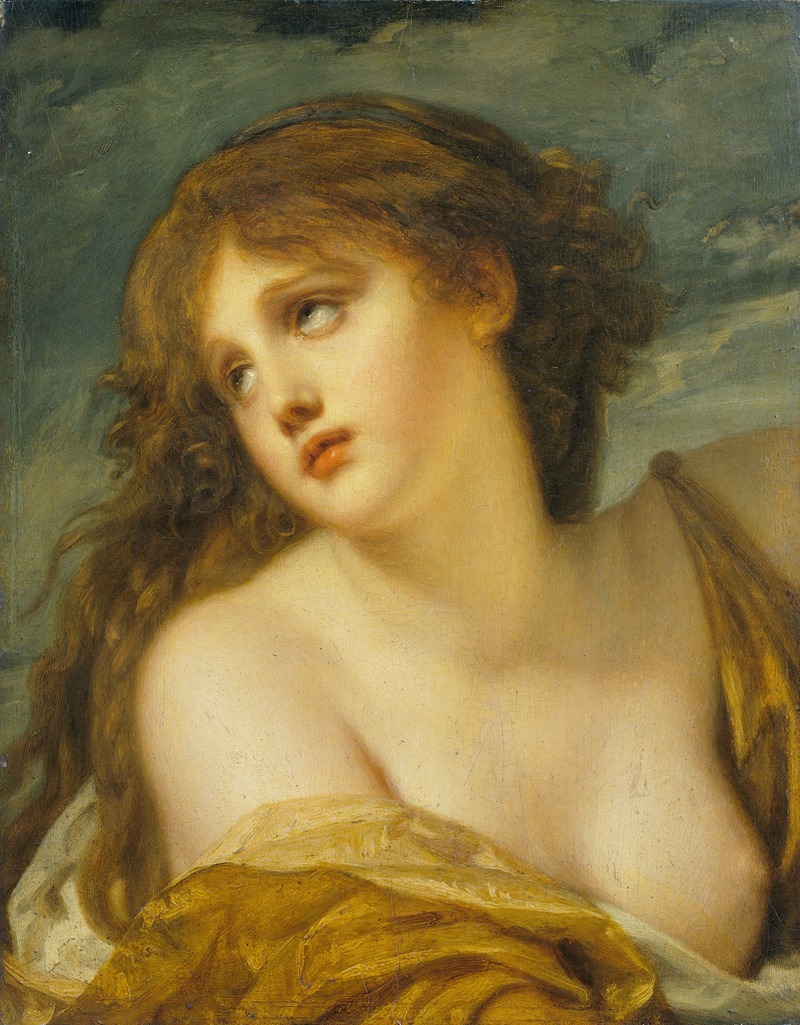
Psyche
A hand-painted replica of Jean-Baptiste Greuze’s masterpiece Psyche, meticulously crafted by professional artists to capture the true essence of the original. Each piece is created with museum-quality canvas and rare mineral pigments, carefully painted by experienced artists with delicate brushstrokes and rich, layered colors to perfectly recreate the texture of the original artwork. Unlike machine-printed reproductions, this hand-painted version brings the painting to life, infused with the artist’s emotions and skill in every stroke. Whether for personal collection or home decoration, it instantly elevates the artistic atmosphere of any space.
Jean-Baptiste Greuze was a prominent French painter known for his genre scenes and portraits, particularly during the 18th century. One of his notable works is "Psyche," which reflects his interest in classical themes and his ability to convey emotion and narrative through his art.
"Psyche" by Jean-Baptiste Greuze is a painting that captures the mythological figure Psyche, a character from ancient Greek mythology. Psyche is often depicted as a symbol of the human soul, and her story is one of love, trials, and ultimate redemption. The myth of Psyche and Cupid is a tale of love overcoming obstacles, and it has been a popular subject in art and literature throughout history.
In Greuze's depiction, Psyche is portrayed with a sense of grace and innocence, characteristics that are typical of Greuze's style. The artist was known for his ability to render delicate expressions and to imbue his subjects with a sense of vulnerability and emotion. This painting is no exception, as Greuze captures the essence of Psyche's character through careful attention to detail and composition.
The painting likely features Psyche in a moment of contemplation or emotional turmoil, a common theme in Greuze's work. His paintings often explore the inner lives of his subjects, revealing their emotions and psychological states. Greuze's ability to convey complex emotions through facial expressions and body language is evident in "Psyche," as he uses these elements to tell a story without the need for elaborate backgrounds or additional figures.
Jean-Baptiste Greuze was part of the Rococo movement, which was characterized by its ornate and decorative style. However, Greuze's work often diverged from the typical Rococo aesthetic, as he focused more on moral and emotional themes rather than purely decorative ones. His paintings frequently contained moral lessons or explored themes of virtue and vice, which resonated with the Enlightenment ideals of the time.
"Psyche" fits within this context as it draws on classical mythology to explore themes of love, beauty, and the soul's journey. Greuze's interest in classical subjects reflects the broader cultural fascination with antiquity during the 18th century, a time when artists and intellectuals looked to the past for inspiration and guidance.
The painting is a testament to Greuze's skill as a painter and his ability to capture the essence of his subjects. His work was highly regarded during his lifetime, and he enjoyed considerable success and recognition. However, his reputation declined somewhat in the 19th century, as tastes shifted and new artistic movements emerged. Despite this, Greuze's work, including "Psyche," continues to be appreciated for its emotional depth and technical mastery.
Today, Jean-Baptiste Greuze's "Psyche" remains an important example of 18th-century French painting, reflecting both the artistic trends of the time and the enduring appeal of classical mythology. The painting is a valuable piece of cultural history, offering insight into the artistic and intellectual currents of the Enlightenment era.





